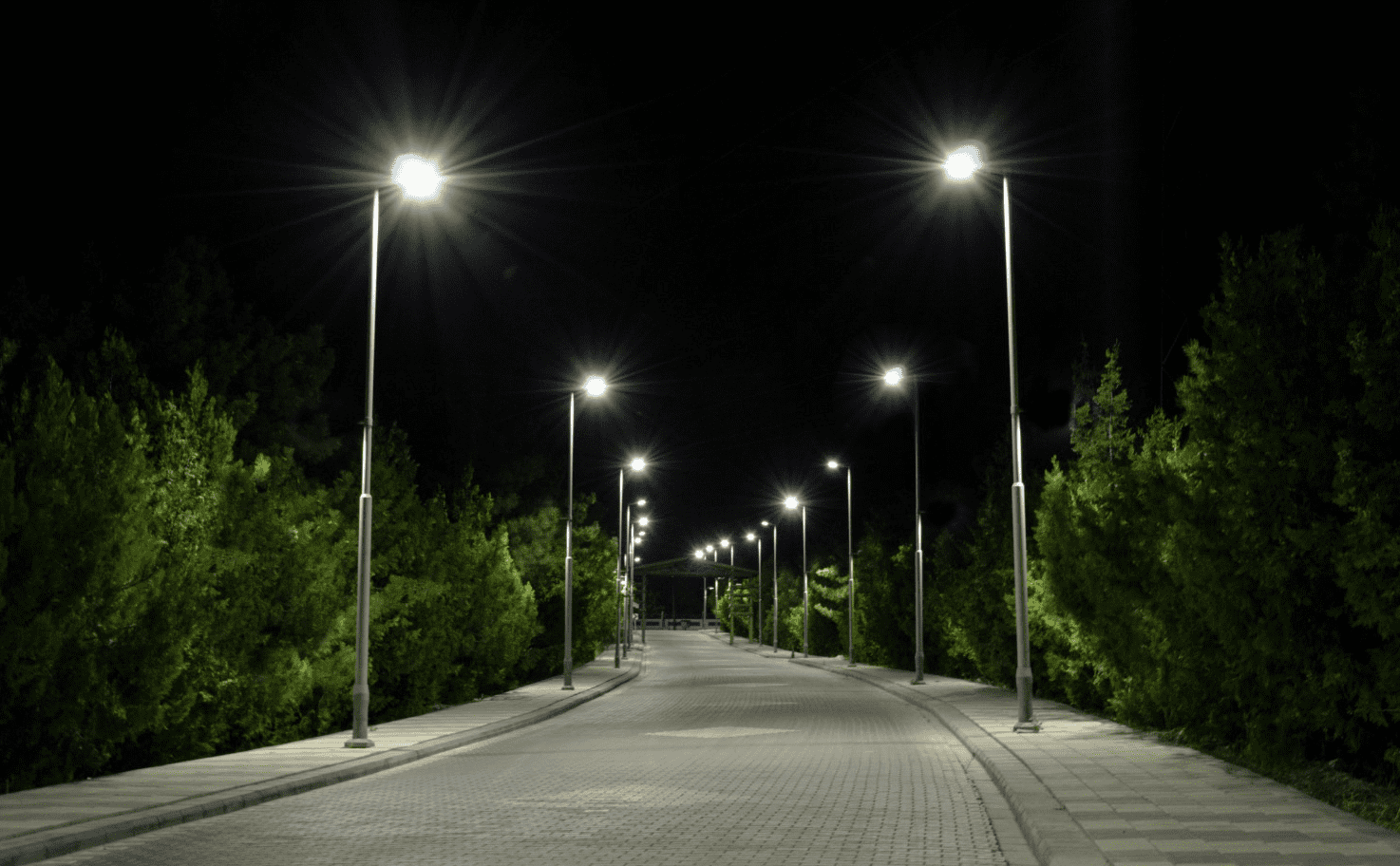
- Home
- About Us
- Product Categories
- Products Application
- Services
- Catalogues
- Blog
- Contact Us
- Gallery
- Videos
- Home
- About Us
- Product Categories
- Products Application
- Services
- FAQs
- Gallery old
- Customer Care
- Contact Us
Outdoor / Projects Lighting
OUTDOOR/PROJECT LIGHTING
INTRODUCTION: The Gloled light-emitting diode (LED) is today’s most energy-efficient and rapidly developing lighting technology. Quality LED light bulbs last longer, are more durable, and offer comparable or better light quality than other types of lighting
Categories:
Government Projects
OME
Sarpanch
Difference lighting in Government Projects A street light, light pole, lamppost, street lamp, light standard or lamp standard is a raised source of light on the edge of a road or path. Oil lamps, kerosene lights, gas lighting, arc lighting, incandescent light bulbs, fluorescent lights, Mercury vapor lighting, sodium vapor lighting, Compact Fluorescent Lighting (CFL), Light Emission Diodes(LED) etc. is the evolution of the lighting. Since the prevalent light sources i.e. incandescent/CFL bulb consumed more energy than these LED based products for similar illumination properties, replacement of conventional light sources with LEDs started gaining ground. India’s 35 million street lights consume 1.5 percent of the country’s energy—equal to all the energy consumed by Costa Rica every year

Technical details
- Sector in which the product is falling Electrical and Electronic sector
- End users of the products/sectors. Public lighting systems for All corporations, Municipalities, Village Panchayath, National Highway Authority of India, All industrial estates, Defense, Railways, Central and State Public Works Departments are the major users of the product.
- Governing Indian specification numbers All streetlights in India need to confirm to the National Lighting Code SP 72: 2010, where the minimum intensity of light on various kinds of roads has been defined. The roads have been categorized based on traffic density. All public lighting infrastructures must conform to these standards.
- Governing international specification nos ANSI C136.37 is the only international standard focusing exclusively on LED Street and outdoor lighting. The standard specifies a number of requirements for LED luminaires based on existing regional and international LED standards such as operating temperature, correlated color temperature, mounting provisions, dimming, ingress protection, wiring and grounding. The standard aims at providing recommendations and guidance to utilities and manufacturers
- Total Luminous Flux
It is the measure of the total energy radiated from a light source in all directions, taking into account the varying sensitivity of the human eye to different wavelengths of light. SI Unit of luminous flux is lumen. It serves as the basis for calculating other parameters and can be used for comparing different light sources.
- Luminous intensity
It is the measure of the luminous flux emanating from a point source within a solid angle of 1 steradian. The SI unit is Candela i.e. lumens per steradian.
- Luminous Efficacy
Lumen is the measure of luminous flux with respect to the energy consumed to produce it i.e. it is the ratio of luminous flux to power. The SI unit is lumens per watt. Luminous efficacy gives an understanding of the energy consumption by the LED to produce a certain level of illumination.
- Chromaticity Coordinates
Chromaticity is an objective specification of the quality of color emitted by a luminary source i.e. hue and saturation. Hue is the attribute of by which the light is discernible into its dominant wavelength or color. Saturation determined by a combination of light intensity and the distribution of the intensity across the spectrum of different wavelengths. As the human eye has 3 type of color sensors, the full plot of all visible colors is a 3 dimensional area with 3 tristimulus value: Luminance or brightness, hue and saturation. Chromaticity coordinates are determined by projecting the values in the tristimulus coordinate space into coordinates in chromaticity space through mathematical conversion.
- Correlated Color Temperature
A measure of the color of a light source relative to a black body at a particular temperature. It is based on the Kelvin Color Temperature Scale and is measured in degrees Kelvin (K). The figure below gives the range of color temperature for different color of the light source. Usually, incandescent lights have a low color temperature of approx. 2800K while white LED Lamps have a color temperature value between 2700-3500K. Color temperatures over 5000K are considered cool colors i.e. bluish white while lower temperatures around 2700-3000K are called warm colors i.e. yellowish white through red.
Get Started Today
About Us
GLO LED Private Limited is a leading manufacturer and supplier of LED lighting solutions. GLO LED provides end-to-end solutions, from Consulting, Design, manufacturing, Supply, and Product Installation. The company has the expertise to deliver the orders to a wide range of industries
Social Media
Copyright © GLO LED Private Limited All Rights Reserved.
Design And Developed by RMR Web Tech